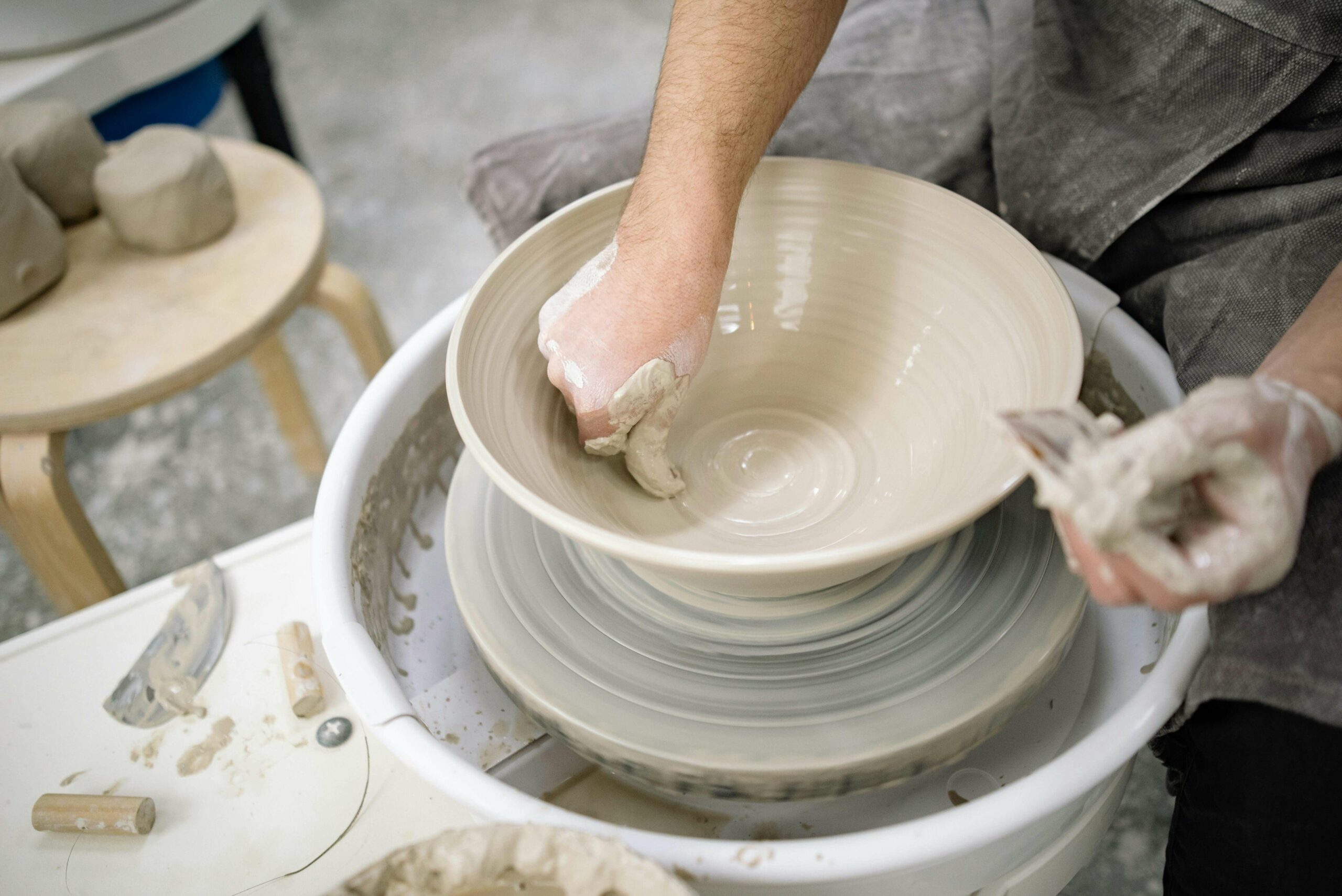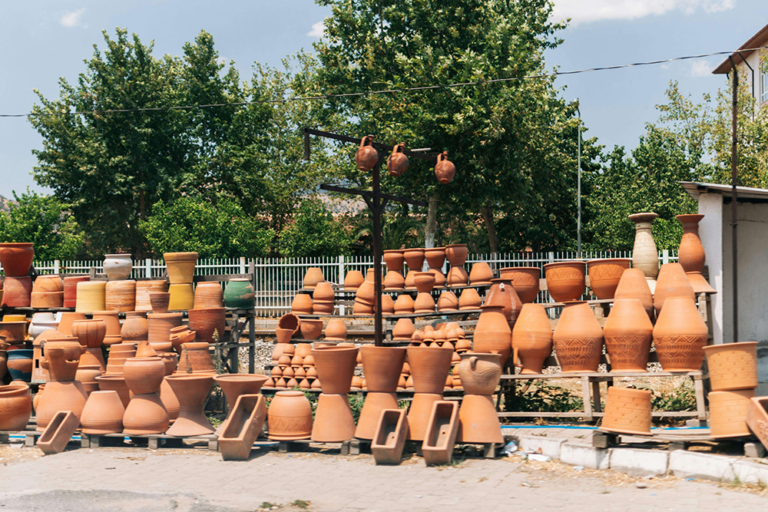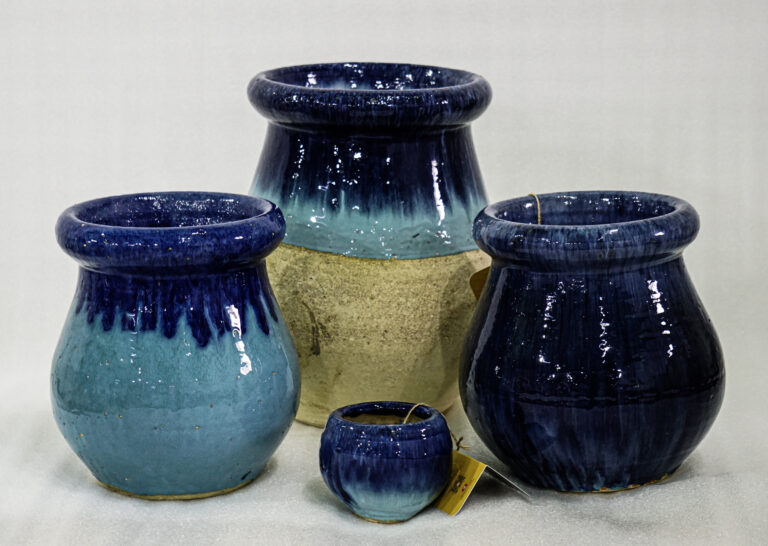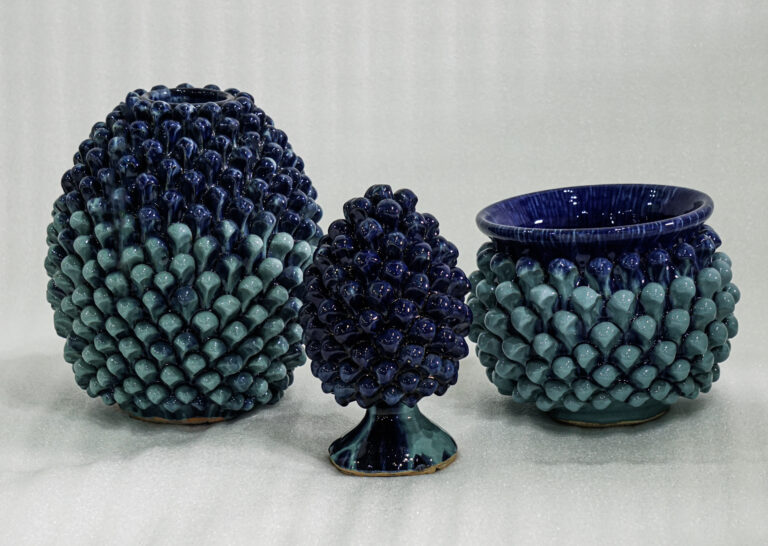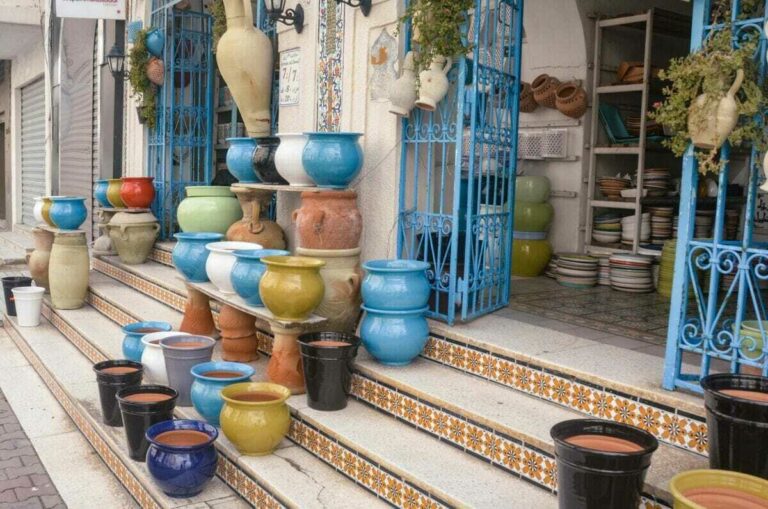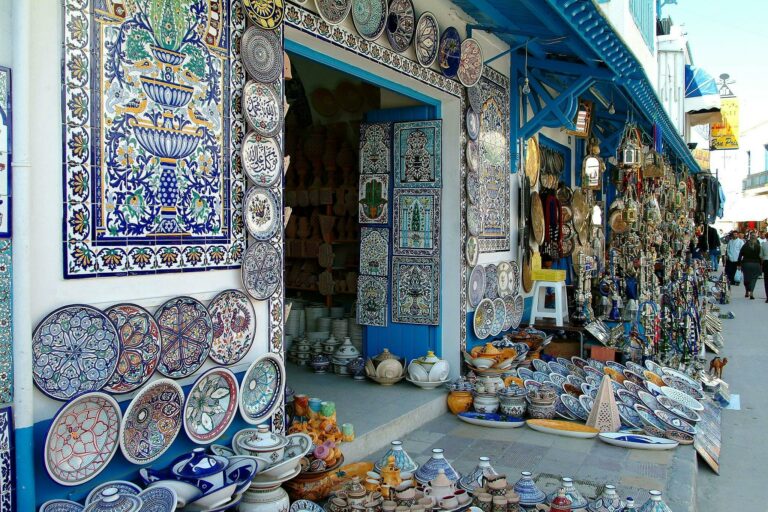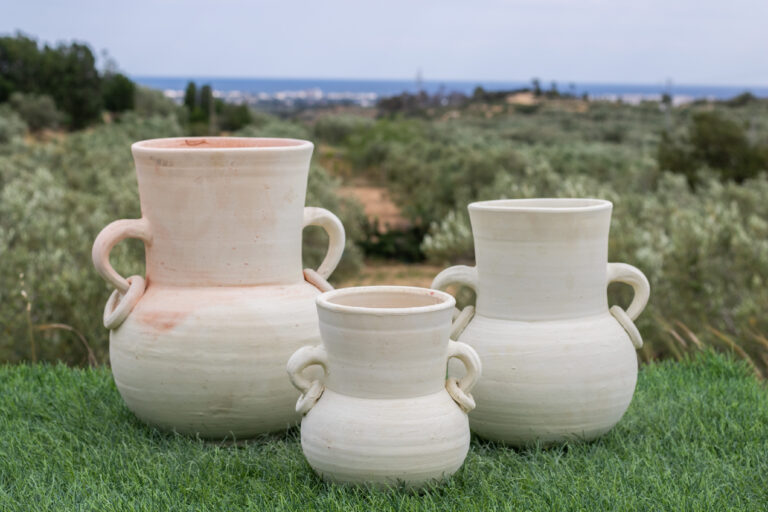Tunisian ceramics boast a rich history that spans millennia, reflecting the diverse cultural influences that have shaped the region. The art of ceramics in Tunisia dates back to ancient times, with archaeological finds revealing pottery from the Phoenician, Roman, and Islamic periods. These historical influences have melded together to create unique styles and techniques that are distinctly Tunisian. Traditional Tunisian ceramics are characterized by their intricate patterns, vibrant colors, and practical forms, ranging from everyday kitchenware to elaborate decorative pieces.
Several cities in Tunisia are renowned for their ceramic production, each with its distinctive style. Sejnane, a small town in the north, is particularly famous for its traditional pottery. The women of Sejnane have preserved ancient Berber methods, creating pottery by hand without the use of a wheel and firing it in open-air kilns. This technique results in distinctive, rustic pieces that are highly valued for their authenticity and cultural significance. The ceramics from Sejnane often feature geometric and symbolic patterns, reflecting the town’s deep-rooted heritage.
Gafsa, located in the south-central part of Tunisia, is another significant center for ceramics. This city’s pottery is known for its decorative and utilitarian pieces, often adorned with intricate designs inspired by the local landscape and historical motifs. Gafsa ceramics are distinguished by their fine craftsmanship and the use of rich, earthy tones. The artisans in Gafsa employ both traditional techniques and modern innovations, producing a variety of items from large jars to small decorative objects, catering to both local needs and international markets.
In addition to Sejnane and Gafsa, other regions such as Nabeul and Djerba also contribute to Tunisia’s ceramic heritage. Nabeul, in particular, is renowned for its colorful, glazed tiles and pottery that often depict floral and geometric patterns, influenced by Islamic art. These cities collectively highlight the diverse expressions of Tunisian ceramic artistry, each contributing its unique style and techniques to the rich tapestry of the country’s cultural heritage. Through their ceramics, these cities not only preserve ancient traditions but also adapt to contemporary trends, ensuring that Tunisian pottery remains vibrant and relevant in the modern world.

